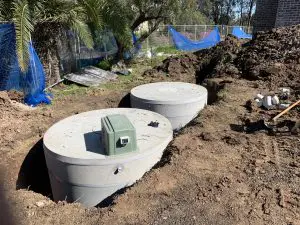The Hidden Costs of Neglect: Why Regular Maintenance for Your AWTS Can Save You Big
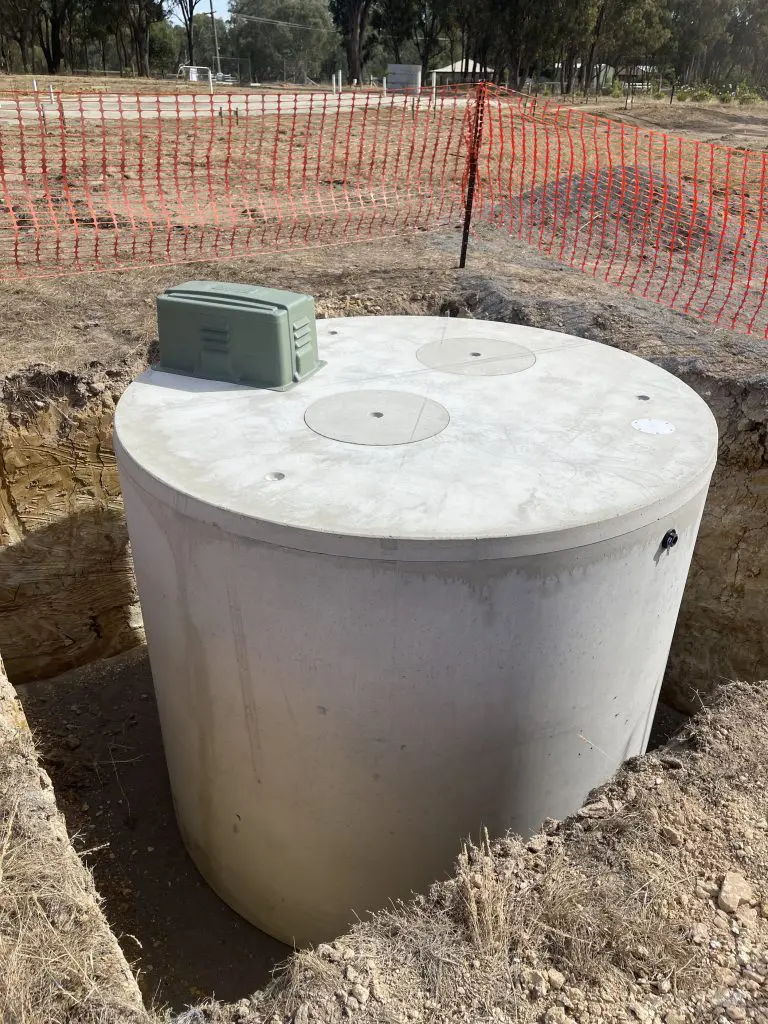
When it comes to managing a home, few things are more crucial yet easily overlooked than your Advanced Wastewater Treatment System (AWTS). While these systems are designed to be robust and efficient, neglecting regular maintenance can lead to significant financial repercussions. This blog explores why keeping your AWTS in top condition is not just about avoiding inconvenient breakdowns, but also about safeguarding your wallet from unforeseen expenses.
Choosing the Right Septic Tank Size for Your Home: Why It Matters and How to Get It Right

When it comes to managing household waste, having a septic tank is a practical and effective solution for many homeowners, especially those not connected to a municipal sewer system. However, selecting the correct size for your septic tank is crucial for ensuring its efficient operation and longevity. In this blog, we’ll explore how to determine the right size septic tank for your home, the benefits of having the appropriate tank size, and the potential consequences of getting it wrong.
The Impact of Household Chemicals on Your Septic System: What You Need to Know
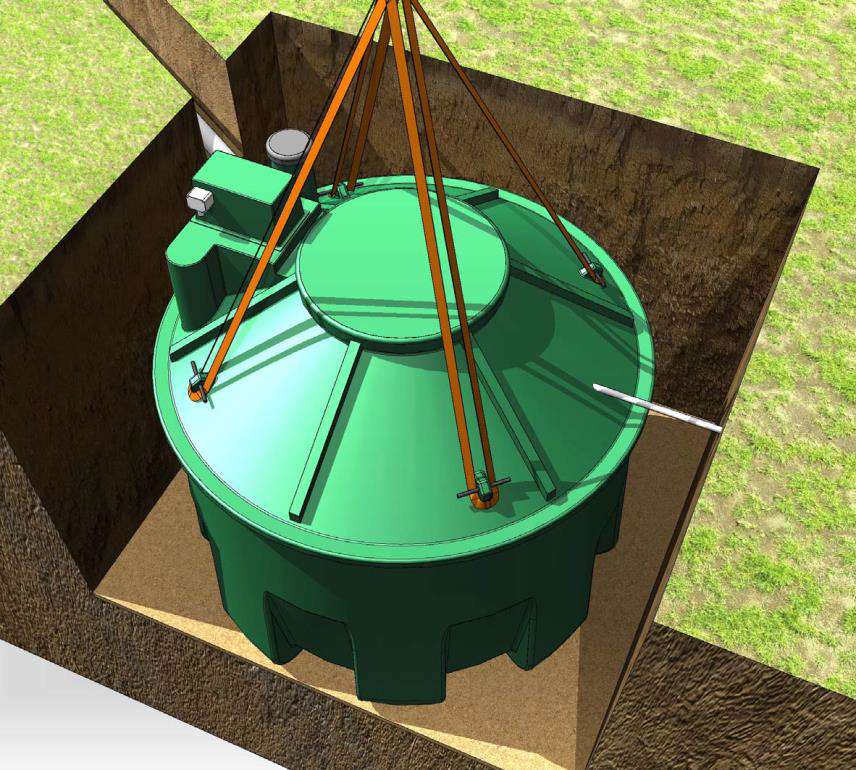
Your septic system is a vital part of your home’s infrastructure, quietly working to treat and dispose of wastewater. However, many homeowners unknowingly put their septic system at risk by using common household chemicals that can harm its delicate balance. In this comprehensive guide, we’ll explore the impact of household chemicals on your septic system, provide tips for maintaining its health, and offer best practices to extend its lifespan. Whether you’re a new homeowner or a seasoned septic system owner, understanding how these chemicals affect your system is crucial for its longevity and efficiency.
The Economics of Septic Systems: Saving Money and Investing Wisely in Your Home

For many homeowners, the septic system is out of sight and out of mind until something goes wrong. Yet, understanding the economics of septic systems is essential for making informed decisions about maintenance and ensuring long-term savings. In this comprehensive guide, we’ll delve deep into the cost savings and long-term investments associated with septic system maintenance, providing valuable insights for the average consumer.
The Economics of Septic Systems: Cost Savings and Long-Term Investments

Septic systems often conjure images of hidden infrastructure buried beneath lawns, but their economic implications are anything but invisible. For homeowners, understanding the economics of septic systems goes beyond initial installation costs; it encompasses long-term savings, environmental benefits, and the value they add to properties. In this comprehensive guide, we’ll explore how septic systems offer significant cost savings and serve as wise long-term investments for homeowners.
Understanding Wastewater Production and its Impact on Septic Systems
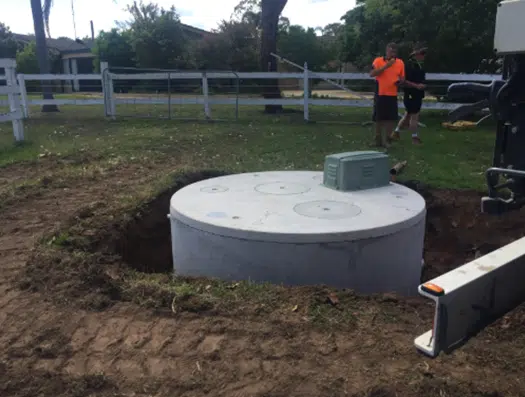
Expanding on the importance of AWTS maintenance involves further elucidating the significance of each aspect of maintenance, providing additional tips and insights for homeowners, and reinforcing the message of proactive care for a sustainable living environment.
Smart Investing: How Regular Servicing Saves You Money in the Long Run

As homeowners, we often encounter various responsibilities that come with maintaining our properties. One aspect that might not always be top of mind but is crucial for long-term financial well-being is the regular servicing of our Aerated Wastewater Treatment Systems (AWTS) and septic tanks. In this comprehensive guide, we will delve into the financial advantages of investing in regular servicing for AWTS and septic tank owners.
New Year, New Pump: Upgrading Your Septic System in 2024
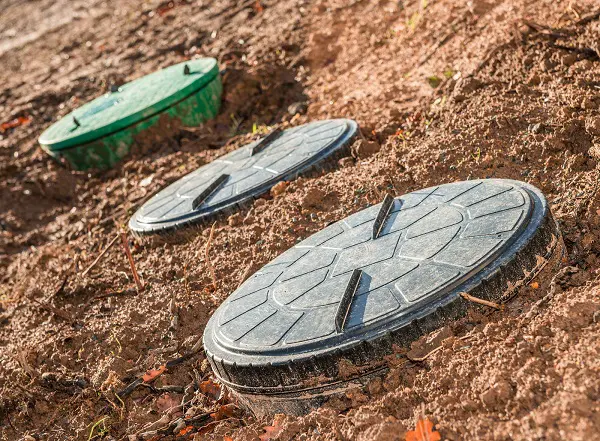
As we step into a new year, it’s an opportune time for homeowners to consider resolutions that go beyond personal goals. Why not make a resolution for your home, specifically your septic system? In this comprehensive guide, we’ll explore the benefits of upgrading septic tank pumps as part of your New Year’s resolution, shedding light on the latest pump technologies, energy-efficient options, and how an upgrade can positively impact both the performance and environmental sustainability of your septic system.

